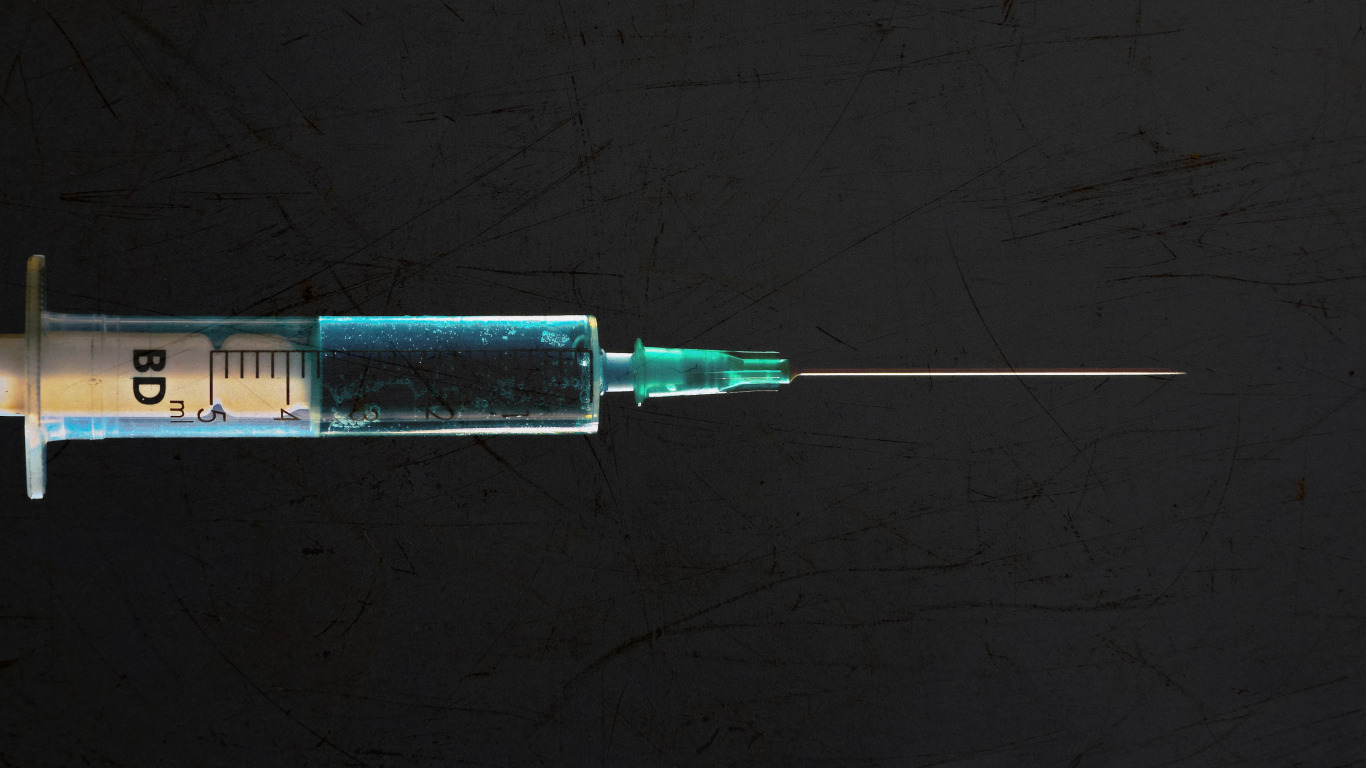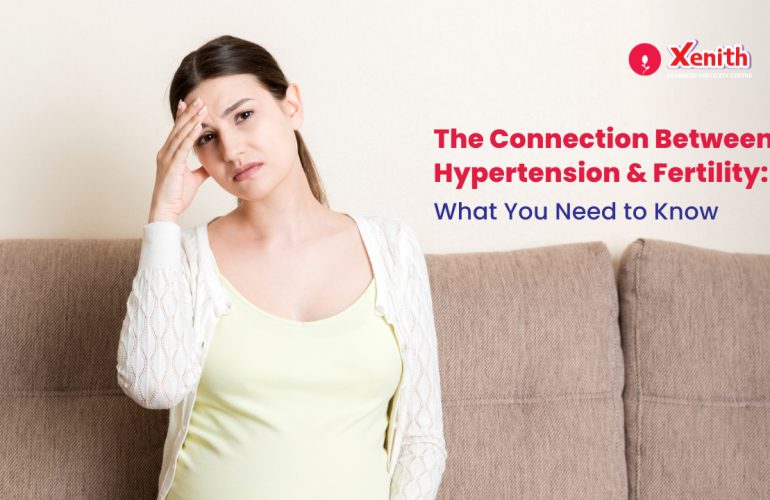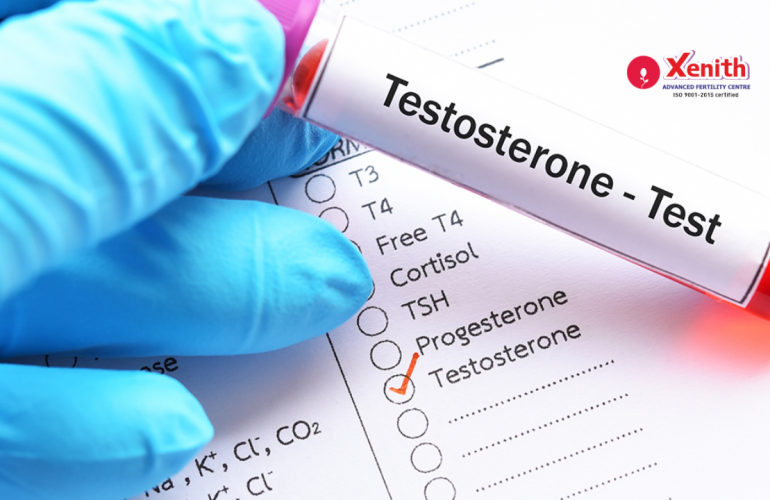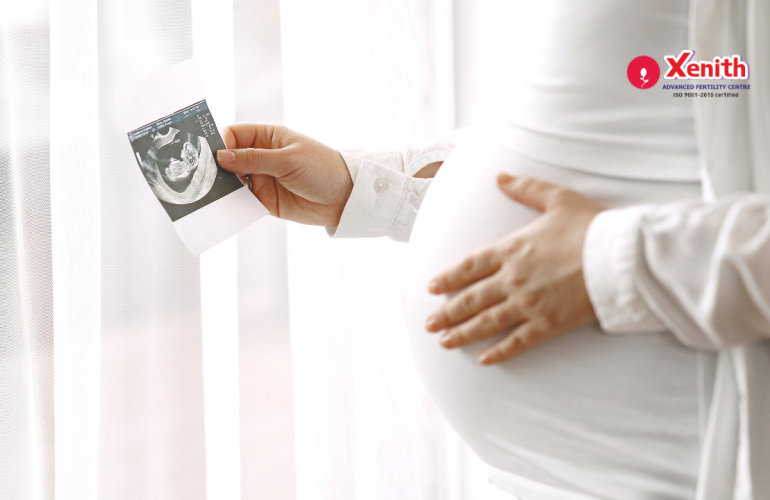In vitro fertilisation (IVF) is a widely used assisted reproductive technology that helps individuals and couples conceive by fertilising an egg outside the body and then implanting it into the uterus. This process involves several steps, including ovarian stimulation, egg retrieval, fertilisation, and embryo transfer. A crucial part of the IVF journey is the use of medications that prepare the body for egg retrieval and implantation.
One such IVF medication is the trigger shot in IVF treatment, which plays an important role in the success of IVF. It ensures that mature eggs are released at the right time for retrieval, significantly improving the chances of fertilisation. Understanding the purpose, types, timing, and potential side effects of the trigger shot can help patients feel more informed and confident about their IVF journey.
What is a Trigger Shot?
A trigger shot IVF is a hormone injection given during the IVF cycle to trigger ovulation. This injection helps the ovaries release mature eggs, which can then be retrieved for fertilisation. The shot contains hormones that recreate the body’s natural ovulation process, ensuring that eggs are ready for retrieval at the ideal time.
Typically, fertility specialists monitor egg development through ultrasound and hormone level assessments. Once the eggs have reached the appropriate size and maturity, the trigger shot is administered. The shot mimics the natural surge of luteinizing hormone (LH), which is responsible for initiating ovulation in a regular menstrual cycle. This crucial step ensures that eggs reach their final stage of development before being collected during the egg retrieval IVF procedure.
Purpose of the Trigger Shot
The role of the trigger shot in IVF is to stimulate the final maturation of eggs and trigger their release for retrieval. It ensures that the eggs are fully developed and ready for fertilisation at the optimal time. By precisely timing the egg retrieval IVF process, the trigger shot enhances the likelihood of a successful outcome.
Without the trigger shot, eggs may not mature properly, leading to lower chances of fertilisation and implantation. This step is crucial in maximising the number of viable eggs available for fertilisation and increasing the chances of a successful pregnancy. In cases where eggs are not mature at the time of retrieval, they may not fertilise properly, reducing the overall success rate of the IVF cycle.
Common Types of Trigger Shots
There are two main types of trigger shots used in IVF treatment:
- hCG trigger shot (Human Chorionic Gonadotropin) – This is the most commonly used trigger shot. It mimics the body’s natural LH surge, prompting the ovaries to release mature eggs. hCG also helps maintain progesterone production in the early stages of pregnancy, which can be beneficial for implantation.
- GnRH Agonists – These are sometimes used as an alternative, especially for patients at risk of ovarian hyperstimulation syndrome (OHSS). They work by stimulating a natural LH surge to induce ovulation. Unlike hCG, GnRH agonists do not contribute to sustained progesterone production, which may require additional progesterone support after egg retrieval.
The choice of trigger shot depends on individual patient factors, including hormone levels, response to ovarian stimulation, and risk of OHSS. A fertility specialist determines the most suitable trigger shot for each patient based on their medical history and IVF protocol.
When is the Trigger Shot Administered?
The IVF cycle trigger shot timing is crucial for success. The trigger shot is given at a specific time during the IVF cycle, usually 34 to 36 hours before the scheduled egg retrieval IVF. This precise timing ensures that the eggs are retrieved at their optimal stage of development, increasing the likelihood of successful fertilisation.
Fertility specialists provide detailed instructions on the exact timing and administration of the trigger shot. Missing the timing window or administering the shot incorrectly can affect egg retrieval and overall IVF success rates. Some clinics use reminders or scheduled alerts to ensure patients take the trigger shot at the correct time.
Side Effects and Considerations
While the trigger shot is generally well tolerated, some individuals may experience side effects, including:
- Bloating
- Mood swings
- Minor pain or redness at the injection site
- Breast tenderness
- Fatigue
- Mild abdominal discomfort
- Headaches
- Nausea
In some cases, the use of an hCG trigger shot can increase the risk of ovarian hyperstimulation syndrome (OHSS), a condition where the ovaries swell and cause pain, nausea, or fluid retention. Symptoms of OHSS can range from mild to severe, and in rare cases, require medical intervention. Patients at risk for OHSS may be given a GnRH agonist trigger instead to reduce this risk.
It is crucial to administer the trigger shot at the exact time instructed by the fertility specialist. A delay or incorrect timing can impact the success of the ovulation trigger and the egg retrieval process. Patients should also monitor their symptoms and report any unusual side effects to their doctor to ensure a safe and effective IVF cycle.
Additionally, patients should be aware that the trigger shot may cause a false positive pregnancy test if taken too soon after administration. Since the shot contains hormones similar to those produced during pregnancy, it can lead to misleading test results. It is recommended to wait for the advised period before taking a home pregnancy test to avoid inaccurate readings.
What Happens After the IVF Trigger Shot?
After receiving the IVF trigger shot, the body prepares for ovulation, and the eggs mature fully before retrieval. This period is critical as it determines the success of the upcoming procedure. The 34 to 36-hour window allows fertility specialists to plan egg retrieval at the most optimal time.
During this time, patients should follow their fertility specialist’s guidance closely. In some cases, additional medications may be prescribed to support the uterine lining and optimise conditions for embryo implantation after fertilisation. Patients should also stay hydrated, get plenty of rest, and avoid strenuous activities to support their body through the process.
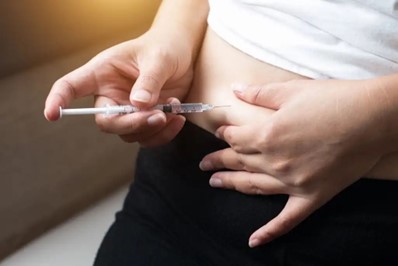
The trigger shot is an essential step in the IVF process, ensuring that eggs are released at the right time for retrieval. By carefully following the timing and medical guidance, patients can significantly improve their chances of a successful IVF cycle. Understanding what happens after the IVF trigger shot and its purpose can help individuals navigate their fertility journey with confidence and clarity. With the right knowledge and expert medical support, the trigger shot plays a key role in increasing the likelihood of a successful pregnancy through IVF. Patients should feel empowered to ask questions, seek guidance, and take proactive steps to optimise their IVF journey.

